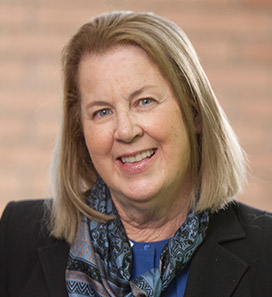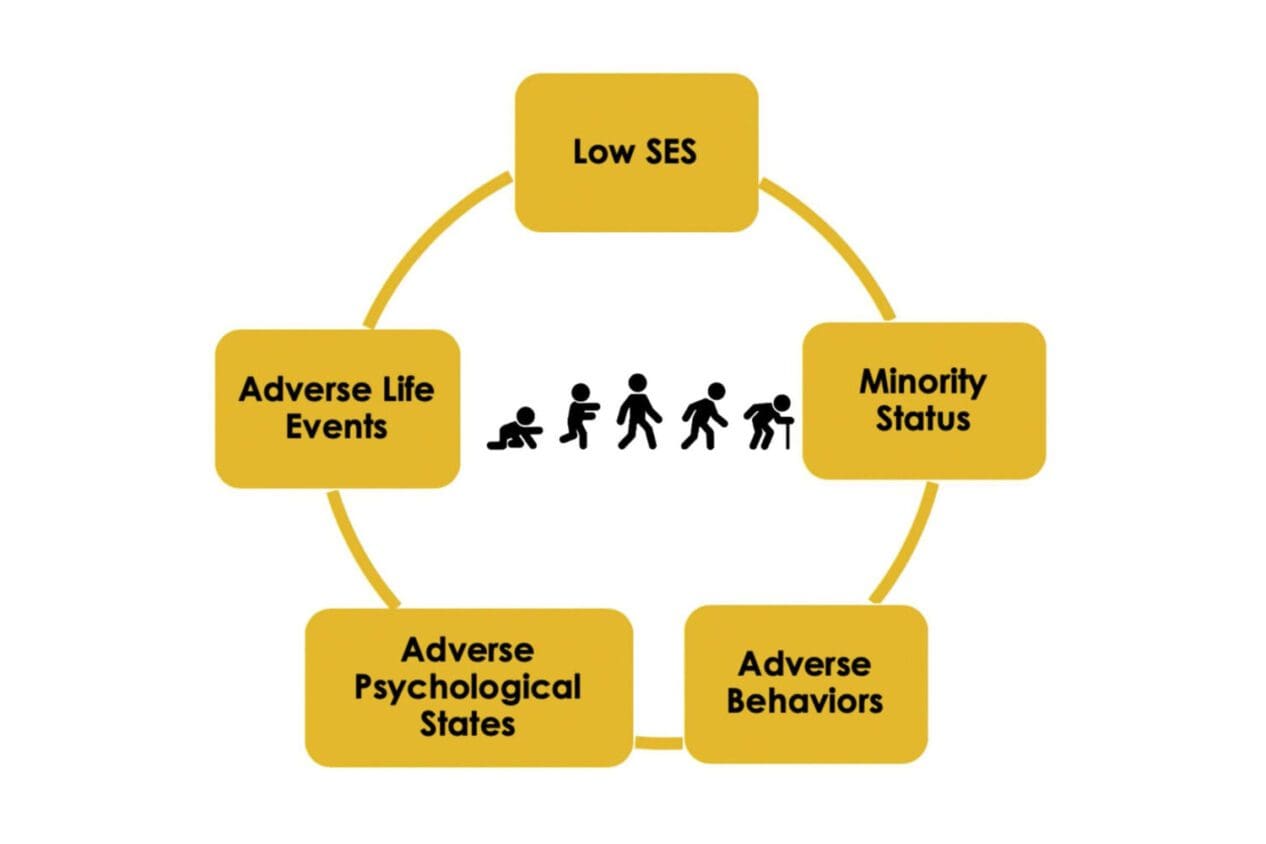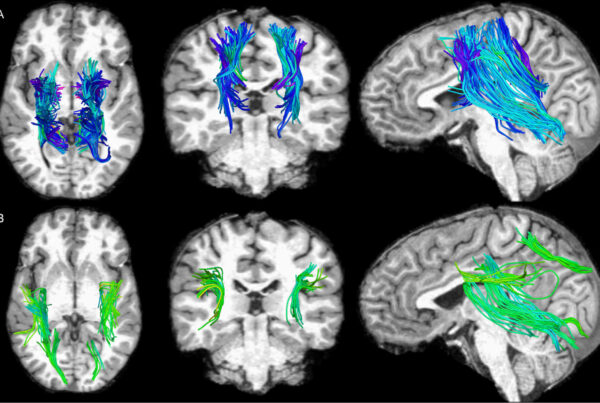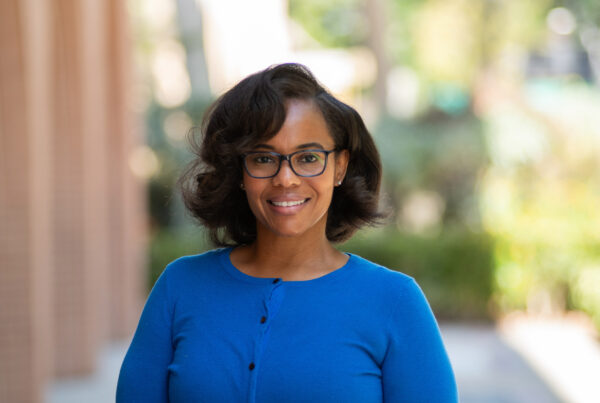
University Professor and AARP Chair in Gerontology Eileen Crimmins
Incorporating social and behavioral factors alongside biological mechanisms is critical for making meaningful advancements in aging research, according to a USC Leonard Davis School of Gerontology study.
University Professor and AARP Chair in Gerontology Eileen Crimmins authored the study, which illustrated how “social hallmarks of aging” can be strongly predictive of age-related health outcomes – in many cases, even more so than biological factors.
Social factors associated with poor aging outcomes
Crimmins examined data that was collected in 2016 from the Health and Retirement Study, a large nationally representative study of Americans over the age of 56 that incorporates both surveys regarding social factors and biological measurements, including a blood sample for genetic analysis. For the study, she focused on five social hallmarks for poor health outcomes:
- low lifetime socioeconomic status, including lower levels of education
- adversity in childhood and adulthood, including trauma and other hardships
- being a member of a minority group
- adverse health behaviors, including smoking, obesity and problem drinking
- adverse psychological states, such as depression, negative psychological outlook and chronic stress
The presence of these five factors were strongly associated with older adults having difficulty with activities of daily living, experiencing problems with cognition, and multimorbidity (having five or more diseases). Even when controlling for biological measurements – including blood pressure, genetic risk factors, mitochondrial DNA copy number and more – the social differences, as well as demographic factors such as age and gender, explained most of the differences in aging outcomes between study subjects, she said.
“Social factors are strongly related to physical and cognitive functioning and multimorbidity in this older population; this remains true when the significant number of biological measures are controlled,” Crimmins said. “These results can be interpreted to mean that a significant amount of the social variance in age-related health outcomes is not explained by these measures of biology.”
Bringing together biological and social science to truly understand aging
However, biological and social factors aren’t completely independent from one another, Crimmins added, which is why she advocates for further incorporation of social and behavioral factors in aging biology research.
“Variability in human aging is strongly related to the social determinants of aging; and it remains so when extensive biology is introduced as mediating measures. This means that the social variability in the aging process is only partly explained by the biology introduced,” she said. “Our hypothesis is that if we could fully capture the basic biological mechanisms of aging, they would explain the social variability in the process as social factors need to ‘get under the skin’ through biology.”
The study was published in Ageing Research Reviews in concert with two other papers that emphasized how behavioral and social factors are intrinsic to aging. Terrie Moffitt, the Nannerl O. Keohane University Professor of Psychology and Neuroscience at Duke University, explained how behavioral and social research can support translation of geroscience findings from animal models to humans. Elissa Epel, professor and vice chair in the Department of Psychiatry at UC San Francisco, detailed how research on stress and resilience needs to incorporate psychosocial factors in order to understand how different kinds of stress affect aging.
Together, the evidence suggests that focus on the social hallmarks of aging will help to achieve the geroscience agenda to slow human aging, Crimmins said.
“Scientific advances will be made when biological approaches incorporate some of the concepts in the social hallmarks of aging in experimental design to test pathways based on what has been shown to promote earlier aging in humans. This could serve as an initial step in the process of developing measures that explain human aging,” Crimmins said. “Research then needs to eventually involve human cohorts with measurement of complete life circumstances and complete biology in order to demonstrate the relative importance of hypothesized mechanisms and understand how to intervene in the aging process.”
The study, “Social hallmarks of aging: Suggestions for geroscience research,” was funded by grants from the National Institute on Aging (U01 AG009740, P30 AG017265, and R01 AG AG060110).





